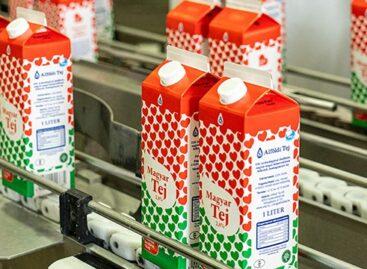American producer prices rose more than expected in January
The American producer price index rose more than expected in January, according to the statistics institute of the Washington Department of Labor, the U.S. Based on Thursday’s report from the Bureau of Labor Statistics.

In January, the producer price index in the United States rose by a seasonally adjusted 0.7 percent, at the highest rate in seven months compared to the previous month, following a 0.2 percent decline in December. For January, the markets expected a monthly growth of 0.4 percent.
In January, the producer price index rose by 6.0 percent on an annual basis, the smallest amount since March 2021. In December, the price index increased by 6.5 percent in the 12-month period. Markets expected annual growth of 5.4 percent by January.
Commodity prices rose 1.2 percent, the biggest increase since last June’s 2.2 percent increase, mainly due to a 6.2 percent increase in gasoline costs. Indices for residential natural gas, diesel, jet fuel, soft drinks and motor vehicles also rose. In contrast, the prices of fresh and dried vegetables decreased by 33.5 percent. Meanwhile, the price of services rose by 0.4 percent, mainly hospital outpatient care, by 1.4 percent.
Related news
Road toll hike: agricultural sector backs truckers’ protest, food price increases expected
🎧 Hallgasd a cikket: Lejátszás Szünet Folytatás Leállítás Nyelv: Auto…
Read more >Large companies expect easing inflationary pressures and decreasing public burdens
🎧 Hallgasd a cikket: Lejátszás Szünet Folytatás Leállítás Nyelv: Auto…
Read more >The GKI business climate index closed 2025 at a one and a half year high
🎧 Hallgasd a cikket: Lejátszás Szünet Folytatás Leállítás Nyelv: Auto…
Read more >Related news
Crowds return to stores: margin cap and year-end preparations drive retail traffic
🎧 Hallgasd a cikket: Lejátszás Szünet Folytatás Leállítás Nyelv: Auto…
Read more >The kings of the New Year’s Eve list: hot dogs and champagne in abundance
🎧 Hallgasd a cikket: Lejátszás Szünet Folytatás Leállítás Nyelv: Auto…
Read more >The Alföldi Tej case is drifting towards an uncertain outcome
🎧 Hallgasd a cikket: Lejátszás Szünet Folytatás Leállítás Nyelv: Auto…
Read more >






